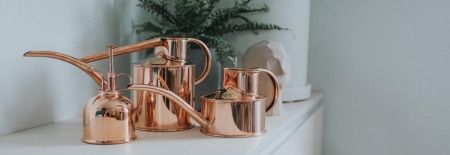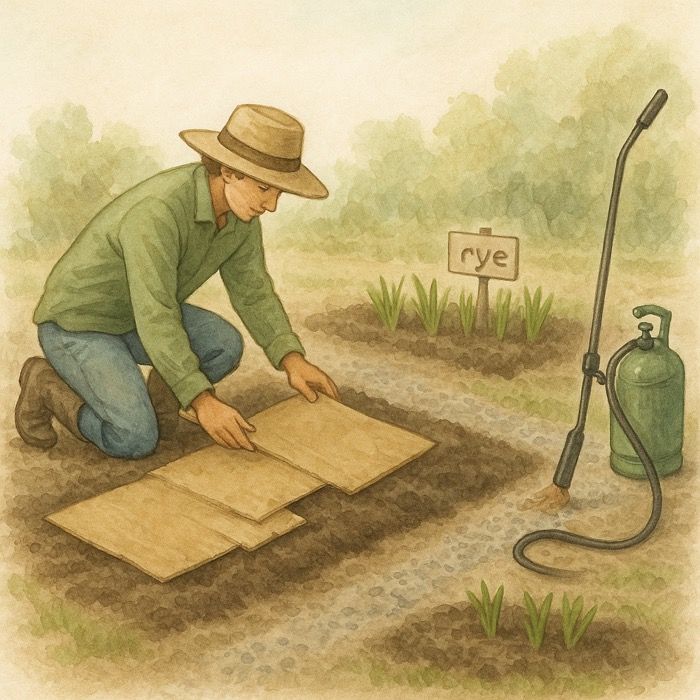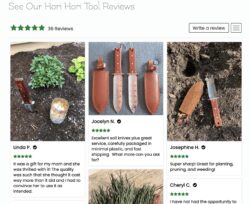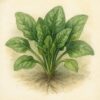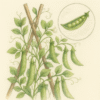Watering Plants – Indoor Edition
How much should I water indoors?
Proper watering is crucial for maintaining healthy indoor plants. Overwatering or underwatering can both cause significant issues, leading to unhealthy or dying plants. This guide will help you understand the best practices for watering your indoor plants, ensuring they thrive in your home environment.
Understanding Your Plant’s Water Needs
Different plants have different water requirements. It’s essential to know the specific needs of each plant species you have. Here are some general guidelines:
- Succulents and Cacti– These plants prefer dry conditions and need watering only when the soil is completely dry.
- Tropical Plants– These usually prefer consistently moist soil but should not be waterlogged.
- Ferns and Air Plants– These thrive in high humidity and frequent watering.
Signs Your Plants Need Water
Here are some common signs that your indoor plants need watering:
- Soil Dryness – Check the soil moisture by sticking your finger about an inch into the soil. If it feels dry, it’s time to water.
- Wilting Leaves – Leaves that appear droopy or wilted can be a sign of underwatering.
- Yellowing Leaves – While this can also indicate overwatering, yellowing leaves often mean the plant needs more water.
Best Time to Water Indoor Plants
The timing of watering can affect the health of your plants. Here are some tips on when to water:
- Morning Watering – The best time to water your indoor plants is in the morning. This allows the water to soak into the soil and for any excess to evaporate throughout the day.
- Avoid Evening Watering – Watering in the evening can lead to prolonged moisture on the leaves and soil, which can promote mold and mildew growth.
How to Water Indoor Plants
The method of watering is just as important as the timing. Follow these steps for effective watering:
- Use Room Temperature Water – Cold water can shock the plant roots, so always use room temperature water.
- Water Thoroughly – Ensure you water thoroughly until water starts to drain out from the bottom of the pot. This helps prevent salt buildup and ensures deep root hydration.
- Drainage – Make sure your pots have drainage holes to prevent water from sitting at the bottom and causing root rot.
Common Watering Mistakes
Avoid these common watering mistakes to keep your indoor plants healthy:
- Overwatering – One of the most common mistakes is overwatering. Always let the top inch of the soil dry out before watering again.
- Using Tap Water – Depending on your location, tap water can contain chemicals that might harm your plants. Use filtered or distilled water if necessary.
- Ignoring Humidity Levels – Some plants require high humidity. Consider misting them or using a humidifier, especially in dry environments.
Tools for Watering Indoor Plants
Using the right tools can make watering your indoor plants easier and more effective:
- Watering Cans – Choose an indoor watering can with a long spout for precise watering.
- Moisture Meters – These tools can help you accurately measure the soil moisture level.
- Self-Watering Pots – These pots are great for plants that need consistent moisture without the risk of overwatering.
Conclusion
Watering your indoor plants correctly is vital for their health and growth. By understanding their specific water needs, timing your watering properly, and using the right techniques and tools, you can ensure your plants thrive. Happy gardening!
For more gardening tips and tricks, follow us.
By following these guidelines and using the right tools, your indoor plants will be well on their way to thriving in your home. If you have any questions or need more tips, feel free to reach out to us. Happy watering!
More From Our Master Gardener
Recent Posts

❄️ Snow as Fertilizer – The Truth About “Poor Man’s Nitrogen”

5 Unexpected Winter Weed Control Strategies (That Don’t Involve Mulch)

Harnessing Winter Sun – Passive Solar Tricks for Your Garden

How to Grow Spinach – The Ultimate Beginner’s Guide for Tender, Nutritious Leaves

How to Grow Peas: The Ultimate Beginner’s Guide for Sweet, Crisp Harvests


